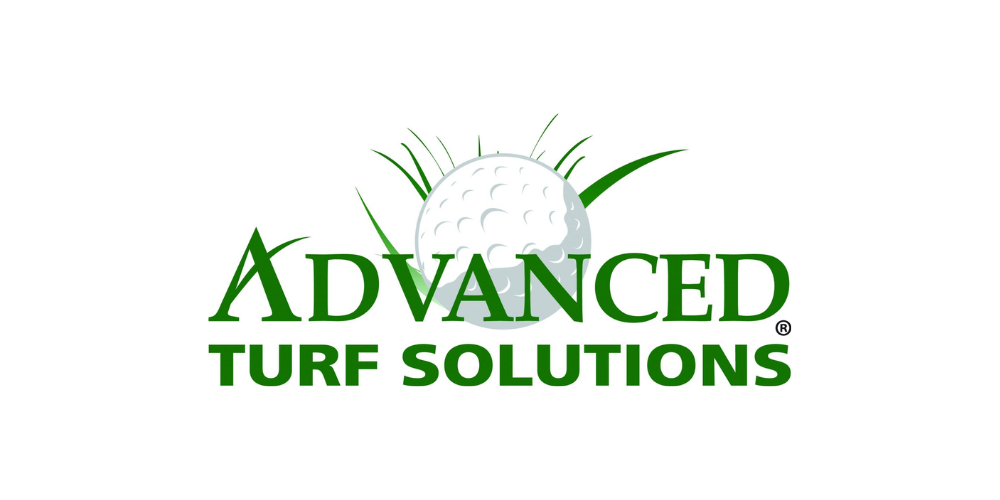In areas like Chicago, Milwaukee, and Green Bay, summer stress hasn’t struck yet, and bentgrass putting greens are just beginning to wake up. While they’ve been green for a while, clipping yields are still low, and the turf isn’t fully active yet. Although this season’s growth is running two to three weeks behind the norm, now is still the right time to start preparing. Building up strong, healthy plants now will help your course be ready for the stress that’s just around the corner in July and August.
Get a Foliar Program Going
Starting a foliar program in the early summer helps build up turf plants and provides them with enough energy to make it through the season. There are three products I recommend most, especially for putting greens.
In my mind, the number one product for summer stress is Foundation Forty. Foundation Forty creates a better osmolyte presence by loading more osmolytes into cell vacuoles and stomatal guard cells. A better osmolyte presence produces plants that are better equipped to endure heat, drought, and other stressors. I’ve had a few customers deal with turf damage (including a hydraulic oil leak from a mower that left spots on a green), and combining Foundation Forty and Grow-In worked wonders to stimulate growth and recovery.
Gold Standard 45 is another product I recommend for bentgrass areas during warm and stressful periods. It is an amino acid-complexed solution containing 45% phosphite. What makes Gold Standard 45 stand out to me is the low use rate of 0.5-1.5 fluid ounces per thousand square feet, which is due to it being the most highly water-soluble phosphite on the market today. Many of my customers have noticed improved results from their tank-mixed fungicide applications when Gold Standard is in the tank.
CSi L contains plant-available silicon dioxide and amino acids, which help strengthen cell walls and improve water retention. It minimizes the moisture stress of each cell and increases the overall turgor pressure of the cell, which helps promote more upright growth. The big benefit here is that the upright growth, which leads to increased green speeds.
Keep Moisture on Your Mind
Moisture management is another area where early-season planning pays off. Percolate is a tried-and-true hydration and infiltration surfactant, and Zipline is another, newer combination option that’s getting great feedback.
Percolate is designed for fine turfgrass and sand-based root zones, making it an excellent choice on greens and tees. Percolate reduces surface tension, and it also helps prevent localized dry spots, provides uniform soil moisture, and ensures a firm playing surface. Zipline, powered by AquaVitaTM, helps move water into the turfgrass rootzone while maintaining a firm surface for players.
Both products help reduce your reliance on hand-watering, thus saving labor, time, and causing minimal disruption to players. Many surfactants have multiple label rates, often detailing a one-month rate and a two-week rate.
You’re never quite sure what the weather is going to do to you a month from today. So, if you put a monthly rate down, it may not last long enough, and then you’re having to make extra applications in order to maintain uniform moisture.
I prefer tighter intervals at lower use rates, since applying more frequently gives you the flexibility to adjust based on conditions. This may add a bit more labor, but I think shorter intervals can produce a more consistent surface with lighter applications. I have a number of customers who are applying wetting agents in this fashion, which helps them maintain a more consistent surface.
In addition to standard surfactants, we also have hose-end surfactant tablets like Hydro-Pak SRT Tabs and Vivax Tabs. These are a great way to treat the water that you’re putting down and help it get into the soil. There’s not enough active ingredient in these to treat the entire rootzone, but they’re a very helpful tool when hand watering.
Don’t Overlook Venting
Solid tine venting is a good way to help improve the flow of oxygen and water in the soil. This involves using an aerator with needle tines to poke holes in the soil without pulling cores. I recommend venting every three to four weeks during the summer. It’s a low-disruption practice that can make a noticeable difference in overall health. JRM is currently running a June Venting Tine Special offering a 10% discount through the end of this month (June 2025), making now a good time to stock up.
Remember that every course is different, and no two summers are alike. If you’re looking for products and suggestions tailored to your course, reach out to your ATS rep today.






